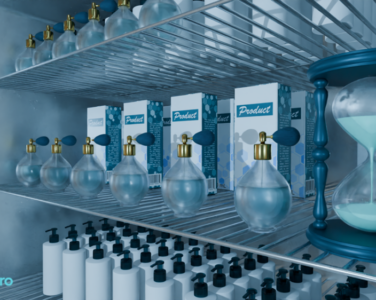The stability of cosmetic products is essential to ensure that they maintain their properties over time, thereby guaranteeing their safety, efficacy, and quality. Stability testing plays a crucial role in this process, allowing the prediction of how products will behave during storage, transportation, and use. These studies help identify potential physical, chemical, or microbiological changes that could compromise the product’s integrity. This article explores different types of stability tests, distinguishing between physical, chemical, and microbiological stability tests, as well as long-term and accelerated tests.
The primary goal of stability tests is to assess whether a cosmetic product will remain in good condition throughout its lifecycle. This includes preserving its properties, efficacy, and safety under expected usage conditions. The tests are classified according to the parameters evaluated, such as physical, chemical, and microbiological stability, and are divided by duration: long-term and accelerated tests. These tests are conducted following international standards, such as ISO/TR 18811:2018, which provides guidelines on the evaluation of cosmetic product stability, and ASTM F1980-07, which establishes methodologies for accelerated aging evaluation.
Long-term tests replicate typical storage conditions, while accelerated tests subject the product to extreme conditions to obtain faster results. Both strategies are complementary and essential for predicting a cosmetic’s shelf life.
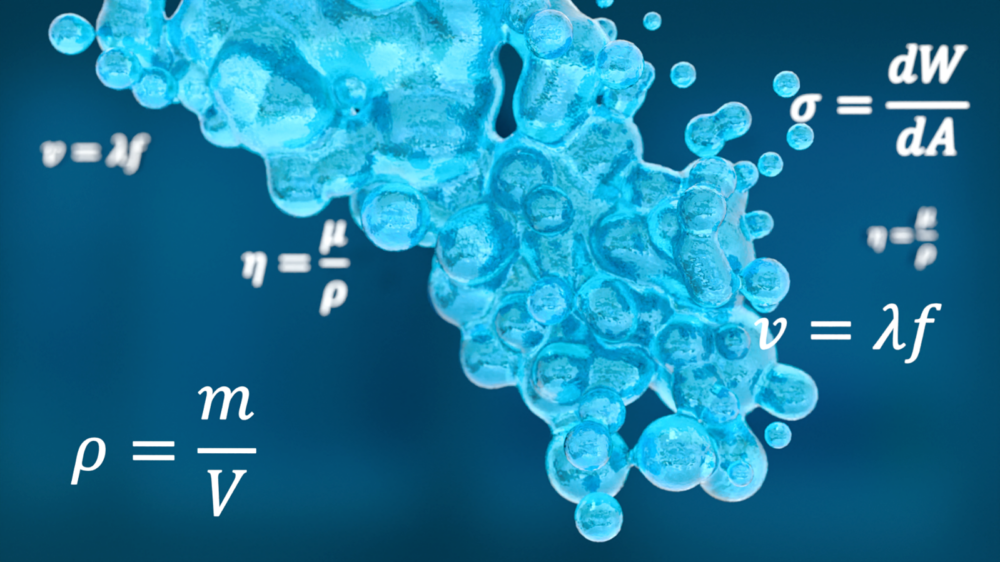
Physical Stability
The physical stability of a cosmetic product is directly related to its structure and physical properties. A stable product must retain its color, texture, viscosity, and odor without showing signs of phase separation or precipitation of ingredients. These characteristics are key for both product quality and consumer acceptance.
Cosmetics, especially emulsions and suspensions, can undergo physical changes due to temperature or humidity variations. For instance, an emulsion may break down if the oil and water phases separate, while a gel could lose its consistency due to viscosity changes. To evaluate these changes, physical stability tests simulate the conditions the product will be exposed to throughout its lifecycle, both during manufacturing and consumer use.
During these tests, the viscosity of the product is measured using a viscometer, which helps determine its fluidity. Other aspects such as color and odor are also evaluated, as they may be affected by light, heat, or oxidation. Phase separation is a key parameter for products like emulsions, and centrifugation is used to check the stability of these formulations. The ultimate goal is to ensure that the product remains stable and sensorially pleasant throughout its time on the market.
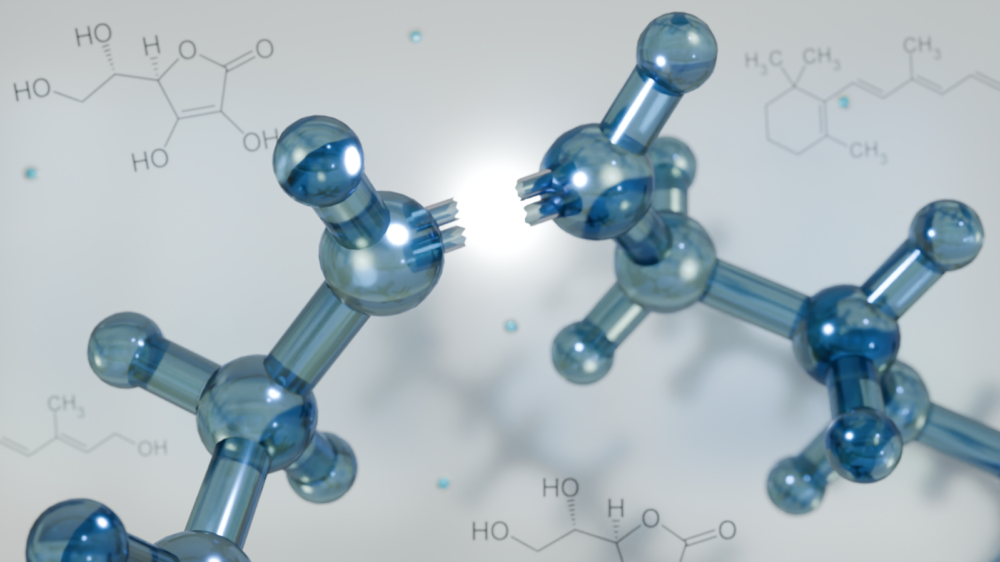
Chemical Stability
The chemical stability of a cosmetic product refers to the preservation of its ingredients and the integrity of its formulation over time. Cosmetics contain compounds that can react with each other or with environmental factors, leading to degradation and, consequently, a loss of efficacy. These reactions include oxidation, degradation of sensitive ingredients, and potential alteration of key ingredients essential to the product’s performance.
Factors that can influence chemical stability include temperature, humidity, light, and oxygen exposure. A common example is the oxidation of ingredients like essential oils or vitamins, which can reduce the product’s performance and affect its safety. To measure these changes, analyses of ingredients are performed using spectrophotometry and liquid chromatography, and the product’s pH is monitored, as it is also a key indicator of stability.
A crucial aspect of chemical stability is the interaction between the packaging and the product. Packaging must protect the contents from external factors like air or light, but it must also not react chemically with the product. Some formulations can experience substance migration from the packaging into the contents, affecting both the product’s stability and consumer safety. Therefore, chemical stability tests evaluate not only the formulation but also the compatibility of the packaging with the cosmetic.
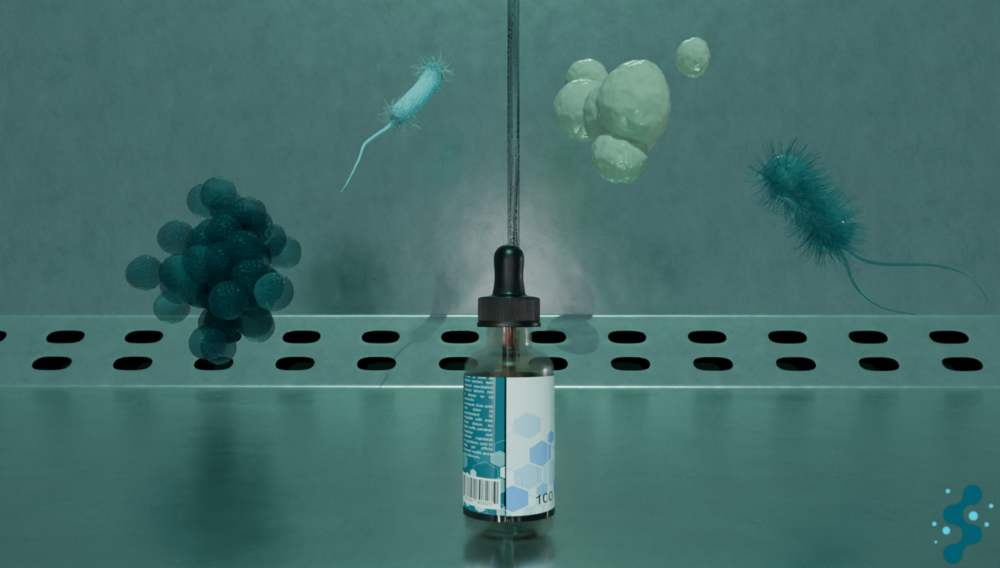
Microbiological Stability
Microbiological stability is critical in products containing water or natural ingredients, as these may be susceptible to microbial growth if not properly preserved. Microbial contamination not only compromises the product’s quality but also poses at risk consumer health. Thus, microbiological stability tests are essential in cosmetic product stability studies.
One of the most commonly used tests is the challenge test, which introduces a controlled number of microorganisms into the product to evaluate the effectiveness of added preservatives. The objective is to verify whether these preservatives are sufficient to inhibit the growth of bacteria, molds, or yeasts and to ensure that the product remains safe throughout its shelf life.
In addition to tests evaluating the product’s resistance during storage, the risk of contamination during use is also analyzed, particularly in products that allow direct contact with air, such as creams in jars. These tests ensure that the product will maintain its microbiological stability even after being opened and used for an extended period.
Table 1: Types of Stability Tests, Evaluated Parameters, and Measurement Methods
| Type of Stability | Evaluated Parameter | Measurement Method |
| Physical Stability | Viscosity | Viscometry |
| Color | Visual observation, colorimetry | |
| Odor | Organoleptic evaluation | |
| Texture | Visual observation, penetration tests | |
| Phase separation | Centrifugation tests, visual observation | |
| Consistency | Compression or torsion resistance measurement | |
| Chemical Stability | pH | pH meter, indicator paper |
| Active ingredient integrity | High-Performance Liquid Chromatography (HPLC), spectrophotometry | |
| Oxidation | UV-visible spectrophotometry, peroxide analysis | |
| Degradation reactions | Chromatography, mass spectrometry | |
| Packaging-product interaction | Visual packaging observation, chemical migration analysis | |
| Microbiological Stability | Microbiological control | Challenge test, colony counting |
| Preservative efficacy | Challenge test, colony counting | |
| Microbial contamination during use | Sterility tests, colony counting |
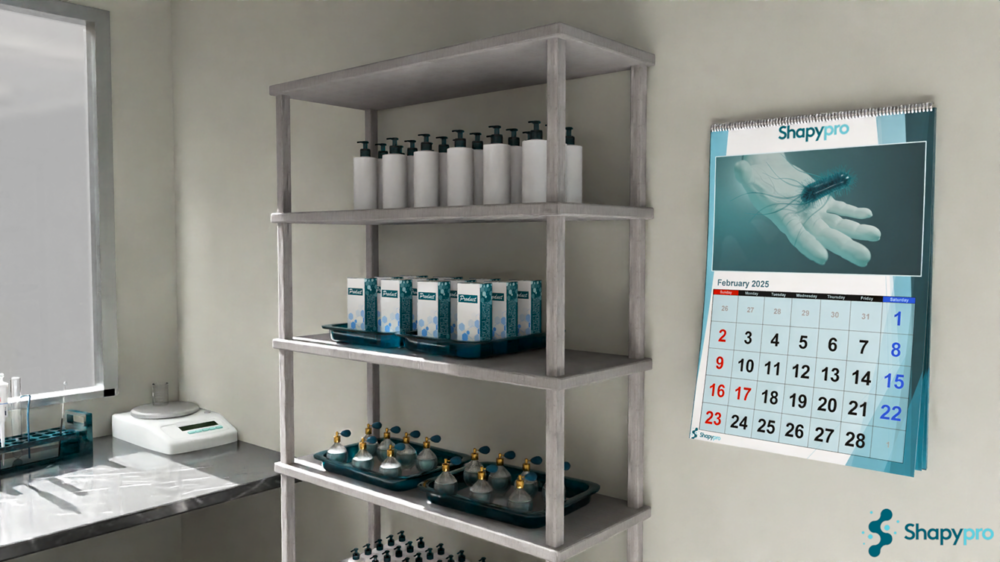
Long-Term Stability
Long-term stability tests are conducted under normal storage conditions and can last between 12 and 24 months. These tests simulate the real conditions the product will face in the market and allow for predicting its behavior throughout its shelf life. During this period, products are stored at controlled temperatures, generally at 25°C with a relative humidity of 60% ± 15%. For products requiring refrigeration, lower temperatures such as 4°C ± 2°C are used.
These tests focus on evaluating physical, chemical, and microbiological changes, with periodic analyses to ensure that the product maintains its properties within the established parameters. The results obtained from these tests confirm the product’s expiration date and ensure that it will remain safe and effective throughout its lifecycle.
Long-term tests are also crucial for validating the results obtained in accelerated tests, providing a more accurate picture of the product’s behavior under real storage conditions.
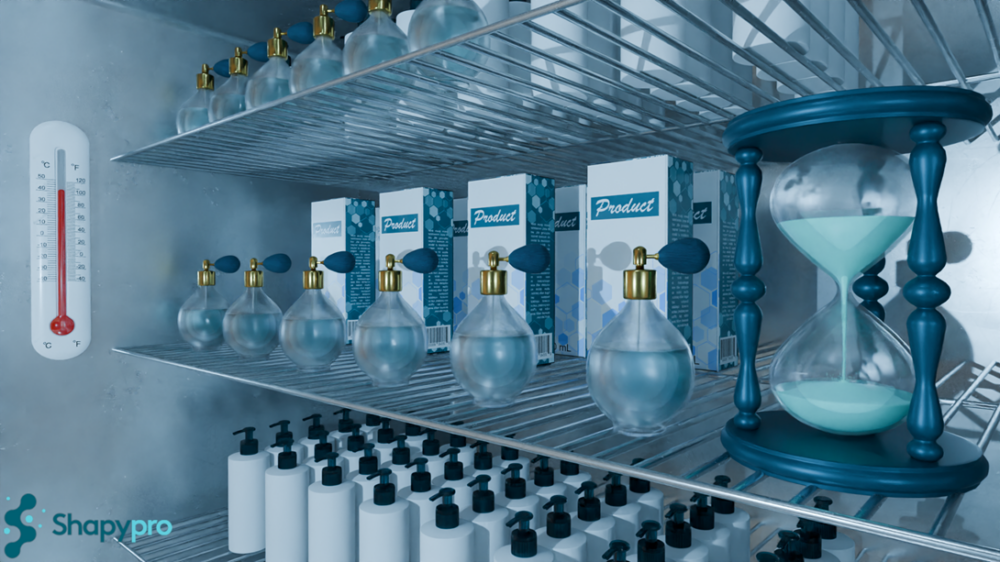
Accelerated Stability
Accelerated stability tests are used to predict a product’s shelf life in a reduced time. These tests subject the product to extreme temperature and humidity conditions, accelerating degradation processes and providing quick results. To ensure the accuracy of the results, standardized methodologies such as ASTM F1980-07, which describes accelerated aging under elevated temperature and controlled humidity, are used. The Arrhenius principle is key in these tests: according to this equation, a 10°C increase in temperature doubles the rate of chemical reactions. Thus, instead of waiting 12 or 24 months to assess stability, products are subjected to elevated temperatures (such as 40°C or even 50°C) and humidities of 75% to observe significant alterations within 90 days.
These accelerated tests help detect stability issues early in development, allowing for formula modification before commercialization. However, it is important that the results from these tests are later validated with long-term stability tests, as extreme conditions may trigger reactions that do not occur under normal storage conditions.
Additionally, accelerated tests include freeze-thaw cycles, subjecting the product to extreme temperature variations (from -5°C to 25°C or others depending on the intended use) to evaluate how it reacts to abrupt changes, simulating what might happen during transportation in adverse climate conditions.
Table 2: Comparison between Long-Term and Accelerated Stability Tests
| Criteria | Long-Term Stability Tests | Accelerated Stability Tests |
| Conditions | – Ambient temperature (25°C)
– Controlled humidity (60%) |
– High temperatures (40°C – 60°C)
– High humidity (up to 75%) |
| Duration | – 12 to 24 months | – 90 days |
| Objective | – Confirm product stability during entire shelf life in real conditions | – Simulate accelerated aging for rapid results |
| Evaluated Parameters | – Physical, chemical, and microbiological stability | – Rapid changes in formulation |
| Validation Method | – Validate accelerated tests
– Confirmation with real market data – Periodic monitoring |
– Predict long-term behavior
– Data extrapolation to normal conditions |
| Advantages | – Reflects real storage and use conditions
– Solid data for estimating actual shelf life |
– Quick results
– Allows formula adjustments before commercialization |
| Disadvantages | – Time-consuming
– Delays new product introduction to market |
– May not accurately predict real behavior
– May not detect certain stability issues |
Both long-term and accelerated tests provide complementary perspectives that allow for predicting product behavior and adjusting the formulation if necessary. While long-term tests offer a more realistic view of storage conditions, accelerated tests provide rapid results, which is crucial during the early stages of product development.
Both types of testing are indispensable tools to ensure that cosmetic products reach the market in optimal conditions, with an accurately determined shelf life.
Why choose SHAPYPRO?
At SHAPYPRO, we offer a wide range of physical-chemical and microbiological stability tests, both accelerated and long-term, using climate chambers that allow precise control of temperature and humidity conditions. Our chambers operate at 40°C and 75% RH, as well as 60°C and conditions from 4°C to -50°C, enabling us to simulate both extreme and standard storage conditions.
Our physical-chemical tests include viscosity, pH, and density measurements, along with the evaluation of the product’s organoleptic properties, among other key parameters to ensure product quality.
In the microbiological field, we offer Challenge Tests, preservative efficacy tests, and microbiological control tests, ensuring that products remain contamination-free throughout their lifecycle.
By combining technology, adherence to international standards, and personalized solutions, SHAPYPRO provides fast, reliable, and comprehensive testing that guarantees the quality, safety, and stability of your products.

